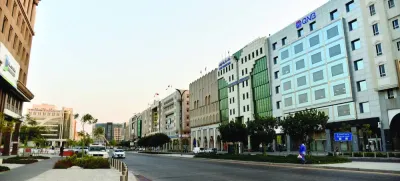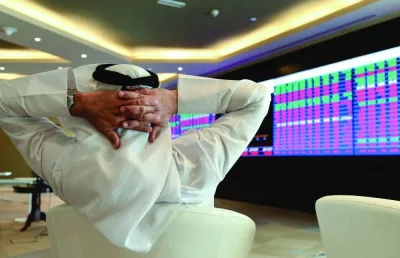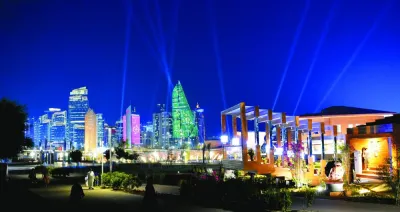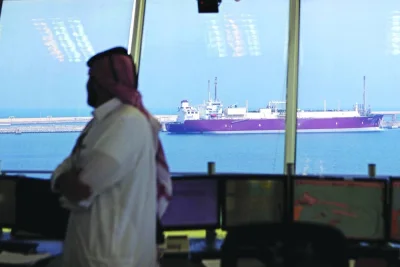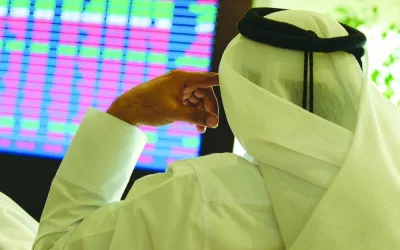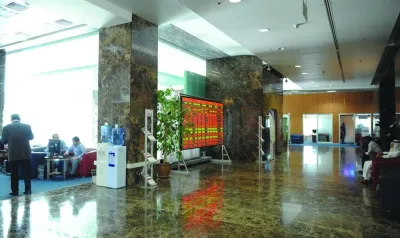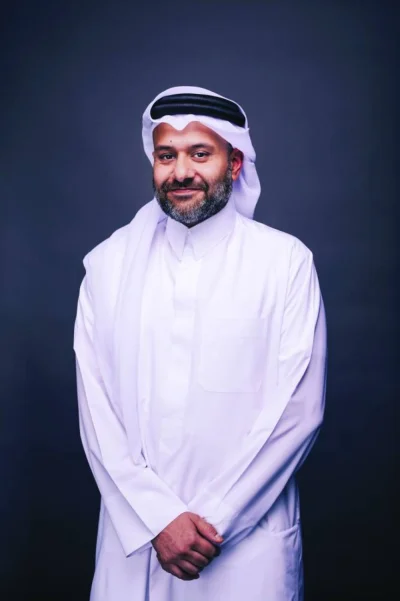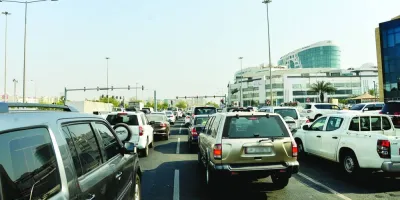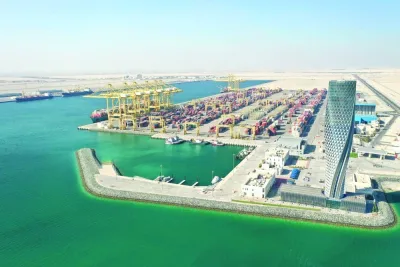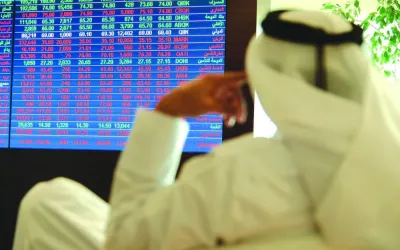The Gulf Co-operation Council (GCC) countries will have an average of $660bn of gross external debt, both public and private, maturing annually over 2023-25, according to Standard and Poor's (S&P), a global credit rating agency.Although the region's banking systems contribute 70% on average to this external debt rollover, driven by their high stock of contractually short-term external debt (including deposits); S&P said given most systems' strong net external asset positions and solid liquidity profiles, the region's banks have buffers to mitigate a hypothetical sudden stop in external funding or capital outflows."While regulators and individual banks try to lengthen the tenor of these facilities, we expect the GCC banking systems' external liability growth to push combined national rollover requirements to nearly $700bn per year by 2025, with the UAE and Qatar together comprising over half of the total," the rating agency said in a report.The $660bn is equivalent to roughly 40% of estimated combined 2023 current account receipts and usable reserves, compared to $250bn in 2013, which was about 14% (Brent oil prices averaged $108 per barrel that year, compared to an average of close to $82 through 2023 so far), according to S&P.Finding that the GCC banking systems' external liabilities coming due within the year will total $465bn in 2023, more than two-thirds of national requirements; it said "we forecast this will increase toward $500bn by 2025."Notably, banks' external balance sheets have not developed at the same pace across the board, it said, adding the UAE and Qatar display by far the largest net external balance sheet expansion, which is mostly concentrated on specific banks, with government-backed national champions predominating.In Qatar, the build-up of external debt was mainly channelled to finance large domestic projects, the rating agency highlighted.Finding that all systems, apart from Bahrain's retail banking sector, had very "comfortable" coverage, it said the government assets (which include estimates of external sovereign wealth fund assets) account for multiple times the stressed liability outflows.Although regional banking systems are driving up national gross external debt as related rollover risks to banks and sovereigns are expected to naturally increase as a result, it said however, most regional governments have liquid assets well exceeding hypothetical outflows and, if ever required, sovereign resources would be rapidly deployed to reinforce confidence."Additionally, our hypothetical stress test highlights regional banking systems are well positioned to meet these requirements without presenting a direct claim on fiscal resources," the report said.

Santhosh V. Perumal
Santhosh V. Perumal, a postgraduate in Econometrics with an advance qualification in Capital Markets and Financial Services, is Gulf Times' journalist. His coverage areas are debt and equity, hydrocarbons, international trade, environment, banks, insurance and real estate. Previously, he was in New Delhi, India as Senior Finance Correspondent of PTI.
Most Read Stories

